Kia Sportage Estate review
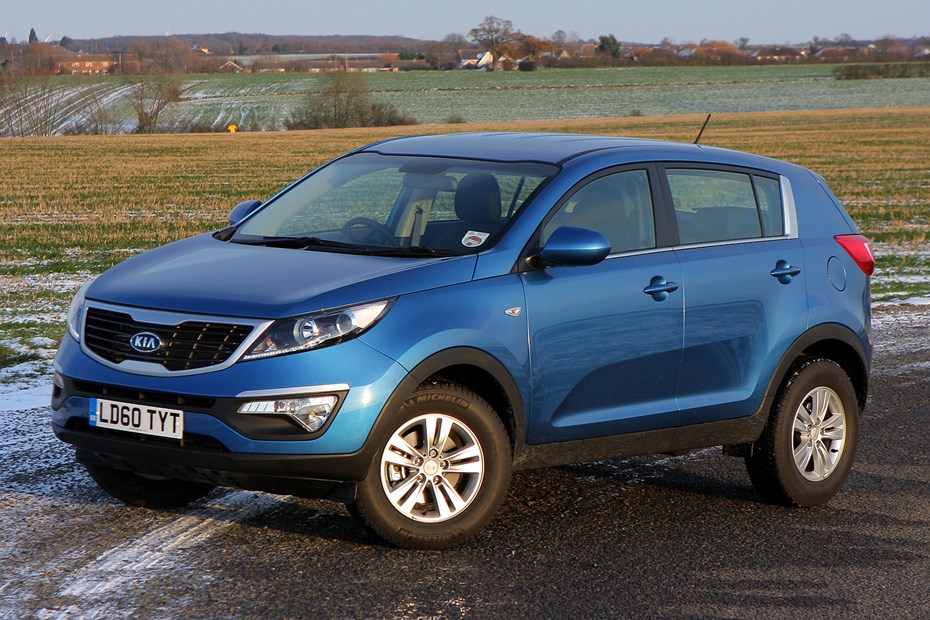
At a glance
| Price new | £17,320 - £29,020 |
|---|---|
| Used prices | £2,043 - £8,887 |
| Road tax cost | £190 - £385 |
| Insurance group | 12 - 18 |
Get an insurance quote with

|
|
| Fuel economy | Not tested to latest standards |
| Range | 434 - 702 miles |
| View full specs for a specific version | |
Available fuel types
Petrol
Diesel
Pros & cons
- Spacious smaller SUV
- Capable 4x4 option
- Well-equipped
- Bouncy ride
- Euro 6 diesel is rare
- Poor visibility
Kia Sportage (10-16) rivals
Overview
One of the most popular used SUVs in the UK, the compact 4×4 Kia Sportage was reinvented as a softer, more car-like offering for its third generation. Launched in 2010, it hit the first wave of family crossovers that were taking over the role of the traditional hatchback – and won buyers with a combination of generous standard equipment and a class-leading warranty.
Now even the last Sportage Mk3s to be sold have run out of warranty and joined the ranks of Britains second hand cars waiting for new owners, a used Sportage offers an inexpensive and well-made small SUV that’s ideal for rural drivers – or urban commuters tired of dodging potholes the size of Rutland.
The popularity of diesel models for this generation of Sportage is a drawback. Prospective owners near cities will want choose carefully, as the range is almost entirely Euro 5 – with the exception of the very last registrations from 1 September 2015. If you want a ULEZ compliant cheap Kia Sportage Mk3, you have to buy a petrol one – or check out the best low emission cars for ULEZ for some alternatives.
Used Kia Sportage Mk3 buying guide
First of all, Kia all but abandoned the Sportage’s 4×4 roots with the launch of the third generation in 2010. An emphasis on road manners and comfort means all models feature air conditioning, electric windows all round, rain-sensing wipers, cruise control, Bluetooth connection (with support for iPod/iPhone media via USB) and many feature stop-start (look for ISG models) to cut emissions.
Trim levels are numeric – 1, 2, 3 and 4 – with a 7.0-inch sat-nav and infortainment option on 3 and 4 in the form of an easily-upgraded double-DIN car stereo. Infinity audio provides a worthwhile upgrade, and there’s a double panoramic sunroof available on most trim levels.
Petrol options are 1.6-litre 136hp, or 2.0-litre 163hp, both GDi (direct injection). The 2.0 GDi features a five-speed manual gearbox as standard, but a six-speed automatic is optional. This is the most expensive Sportage to tax and it’s not quick. Diesel models are offered in 1.7-litre 117hp, or 2.0-litre 134hp (184hp in the highest-spec KX-4 model only).
Which Kia Sportage Mk3s offer 4×4?
For secure grip in poor weather, and mild off-road ability, you need to look for 2.0-litre Kia Sportages for sale. The petrol model is rare and offers less torque, so the 134hp 2.0-litre diesel is the one you want. You can find these in all trim levels, prefixed by KX, and the First Edition. Most Sportage Mk3s are front-wheel drive, with six-speed manual gearbox, and that suits the nature of the car very well.
2014 mid-life facelift
Instantly recognisable due to Kia’s ‘tiger-nosed’ grille, interior trim and quality was improved, with some small tech upgrades as well – a 4.3-inch touch screen infotainment system with reversing camera, heated steering wheel, and electric driver’s seat adjustment are included on higher-spec models.
The final Kia Sportage Axis Edition features a leather interior and a mid-range spec overall, but crucially, is the easiest ULEZ compliant Euro 6 diesel version to find. If you’re considering a Kia Sportage Mk3 diesel, and need to drive in clean air zones, plan on travelling to European cities, or drive within ULEZ, then it’s vital to verify the registration of the car you’re considering on an appropriate website (such as Transport for London: check your vehicle) before buying.
Kia Sportage Mk3 (2010-16) common problems
Perhaps unsurprisingly for a car with a seven-year warranty from launch, the 2010-2016 Kia Sportage has a good reputation for reliability – though our owners’ reviews highlight the impact of misuse and missed maintenance, and the shortcomings of Kia’s chassis tuning at this point in time.
1. Sportage diesel concerns – DPF
All except the last year of Kia Sportage Mk3s are Euro 5, which means the diesel models rely on a diesel particulate filter to store soot until the car is on a fast, long drive. With many 1.7-litre models chosen as urban runabouts, the risk of failed ‘regen’ – where excess fuel is injected to burn off the contents of the DPF – is high.
Fortunately the Sportage does not have a track record of problems. Check the service history to see if any post warranty maintenance has been invoiced specifying ‘low-ash’ oil was used, and before the test drive inspect the oil level and condition. If it’s above the fill level on the dipstick, or smells of diesel, it could be diluted due to a blogged DPF.
Replacement DPFs for the Sportage are between 20-50% more expensive than those used by many similar cars, so a blocked unit could run up a four-figure bill.
2. Body warranty – 12 year rust protection
It isn’t unusual to see a 12 year anti-perforation warranty on modern cars, but you may take it for granted that Kia’s longer warranties mean it’s an easier claim, or more lenient. Not all Kia garages performed the body inspection free of charge, or without it being requested, so check the paperwork to make sure the box has been ticked every year (and any highlighted paint damage has been repaired).
3. Front suspension – springs
One of the few weak points for Kias of this age, front coil springs can snap. Check the MOT history online for any advisories relating to suspension. Symptoms include uneven wheel arch gap/ride height, uneven wear and of course, an unpleasant ride. You may also hear clunking, deep rattle or scraping sounds.
Look under the wheel arches at the suspension strut, the spring should have a smooth spiral that ends in a notched circular base on the strut. If it’s loose, there are signs of scratches, or there’s a broken metal end then it’s snapped and lost a section. Check the inside edge of the tyre for damage – and do the same if there’s a very shiny new spring on that side, but not matching the opposite wheel.
4. Wheels and tyres
While checking the springs, look at the wheels and tyres. Alloy wheels corrode so don’t be too concerned if they have been refurbished, but if only one has been done check for uneven edges that might indicate pothole damage. Look and feel for bulges in the sidewall of the tyres, and check that 2014-on Sportages still have the tyre pressure monitors.
On 4×4 models it is a good sign if tyres have been replaced as sets of four. You want to avoid an AWD Kia Sportage that has mismatched tyres on the same axle. There should be a full-size spare with UK-market Sportage Mk3s, so make sure it’s present and in good condition. It is located under the boot floor.
5. Six-speed automatic gearbox
The Kia Sportage is one of the better choices if you want a reliable older used automatic car, but it’s not immune to neglect. A full service history from a Kia dealer should include any ECU updates needed, and on cars over 80,000 miles at least one gearbox fluid change.
It should shift smoothly and quickly, with a precise kickdown for overtaking (though the Sportage is not quick, even in top KX4 form). Any shuddering, jerky changes or slipping suggests the gearbox is on the way out. However, it can be slow to respond when stopping then pulling away, such as at junctions – in part, due to the stop-start system.
You’ll need to get a garage to check the transmission fluid level – in common with most automatic gearboxes introduced in the 21st century, the Sportage has no dipstick. If you know how to check the level on this gearbox or are getting a mechanic to inspect it, you want to see vibrant red ATF (automatic transmission fluid) – if it’s brown and murky, it needs changing, and if it has a burnt odour then it may need further work.
Some handheld OBD-II diagnostic tools may support reading gearbox data, but we’d recommend only buying a Kia Sportage automatic with a warranty, from an approved-used Kia dealer or specialist – then maintaining it well. It should outlast most rival automatic SUVs if serviced regularly.
6. All-wheel drive system on 4×4 models – AWD KX-1, KX-2, KX-3, KX-4
Kia may have ditched the separate chassis and off-road-tough axles of the original Sportage by the time the third generation was launched, but the Sportage Mk3 (SL if you want to search for technical data) Dynamax 4×4 tech is still very capable. It includes hill descent control, hill start assist, and is electronically controlled to engage 4×4 when wheel slip is detected but also includes a diff lock for tricky surfaces.
This relies on sensors around the car including ABS speed sensors – so if the ABS light is on, other warning lights will follow. Cars with electronic power steering also have an angle sensor, and the traction and stability control relies on the brake light switch – this was subject to a recall on 2013 models, but with age a switch could fail through wear and cause problems.
The 4×4 coupling and rear differential should have fluid inspected at 60-80,000 miles, but when buying a used Kia Sportage you want to watch out for cars that have been driven in floods. If the differential has been submerged the fluid must be changed. Rumbling, drag or failure to engage 4×4 could be due to this neglect. There is a ‘virtual’ differential lock as well; if sensors fail it may not disengage at the right (25mph) speed and cause the transmission to wind up on dry, grippy roads.
7. Steering faults – electronic power steering
Some models of Sportage feature power steering with city mode for lighter manoeuvres in tight spaces, but this electrically-assisted system is not perfect. If it feels twitchy, loose or like it’s wandering with lane keeping assistance switched off, it may need attention to the steering rack. Some dealers improve the notchy feel with a new application of grease and checking the alignment, but if the Kia you’re test driving doesn’t feel consistent when driving try a few more Sorentos before deciding.
On older cars notchy steering can also be the result of failed strut top bearings, but it may equally be down to failing or miscalibrated sensors, or power supply problems such as a weak battery or faulty alternator. Tyre wear can provide a hint as to whether the pulling is coming from the car trying to correct a false reading, or poor alignment/suspension damage.
8. Braking system – sticking calipers
One cause of unusual steering behaviour can be sticking brake calipers on the front. On cars which have been used infrequently, or mainly used in coastal or northern regions with frequently salted roads, the sliders and pins can seize preventing the pads from returning after the brakes are applied.
Lack of use, and being driven relatively unladen, can cause dragging rear calipers. Watch for advisories for rust on the brakes when checking the MOT history online, and after a fast test drive check for warm brakes with the back of your hand near the wheel or an infra-red thermometer.
9. Petrol engines – carbon build up
Neither petrol version of the Sportage feels particularly quick, but if a higher-mileage car feels like it is struggling to produce enough power it could have carbon buildup on the valves – this is a common problem with direct-injection petrol engines. Petrol additives have very little impact, but frequent servicing and high-quality oils will delay the deposits reaching the stage where they affect performance.
Neglected servicing may also cause issues with the timing chain. Kia’s engines are less prone to problems here than rivals, but listen for rattles when starting from cold. A well-maintained Sportage GDi should achieve high mileages without major engine work.
10. Wear and tear – stop-start, clutches and warranty
The seven-year warranty that Kia provided had plenty of exclusions, and the ISG (stop-start) battery and clutch are components that many owners ran into difficulty with. As such, any juddering, slip or unexpected noises when engaging the clutch should not be ignored – particularly on cars with towbars.
The stop-start system can also cause juddering when pulling away when the battery gets old. Kia would deny warranty claims on electrical components if an owner had charged a battery at home after the battery warranty expired – check the service history, and make sure the correct high-capacity AGM battery is installed.
Since the last Kia Sportages of this generation are the only Euro 6 models, and may still be in the dealer network, we recommend buying approved-used if you can.
What’s the Kia Sportage like to live with?
Over the next few pages, we’ll review each aspect of the third generation Kia Sportage (SL), taking into account its practicality, comfort, fuel economy and performance. If you’re short on time, you can also skip to our verdict page to see if we recommend buying a used 2010-2016 Kia Sportage.



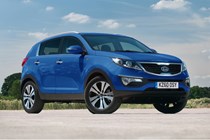

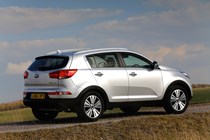
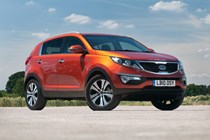
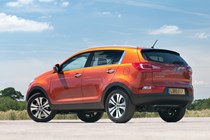
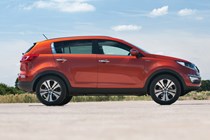
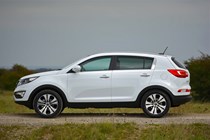
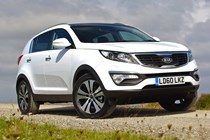
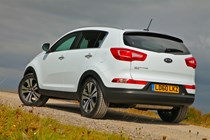
.jpg)
.jpg)
.jpg)
.jpg)
.jpg)
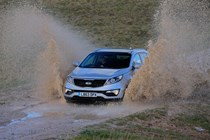
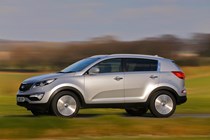


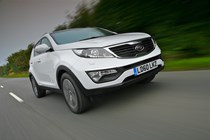
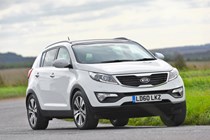
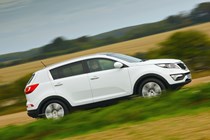
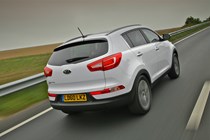
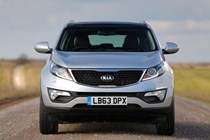
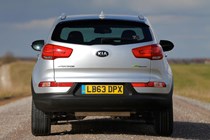
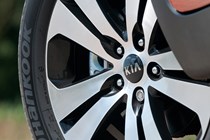
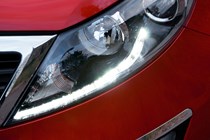
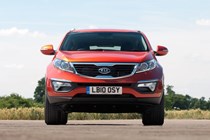
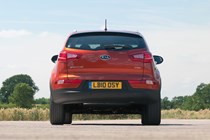
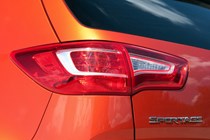
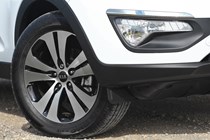
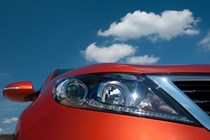
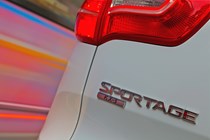
.jpg)
.jpg)
.jpg)
.jpg)
.jpg)
.jpg)
.jpg)
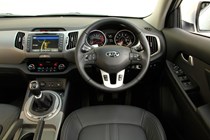
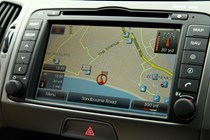
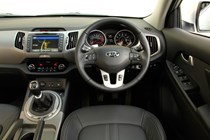
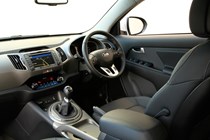
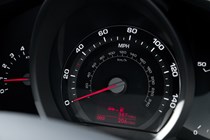
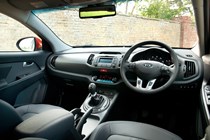
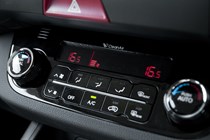
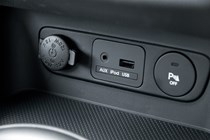
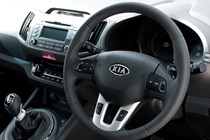
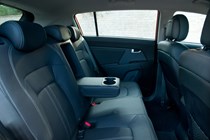
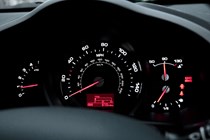
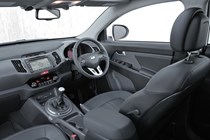
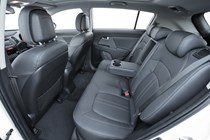
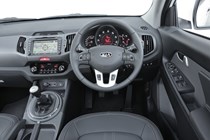
.jpg)
.jpg)
.jpg)
.jpg)
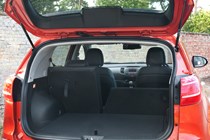

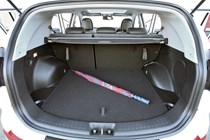
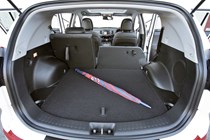
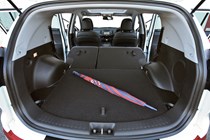
.jpg)
.jpg)
.jpg)
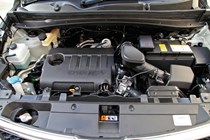
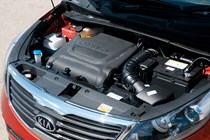
.jpg)
.jpg)
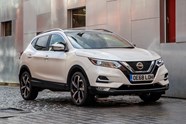
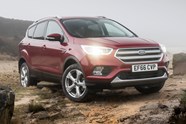
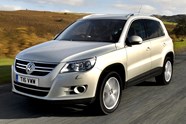










.jpg?quality=50)
.jpg?quality=50)
.jpg?quality=50)
.jpg?quality=50)
.jpg?quality=50)


















.jpg?quality=50)
.jpg?quality=50)
.jpg?quality=50)
.jpg?quality=50)
.jpg?quality=50)
.jpg?quality=50)
.jpg?quality=50)














.jpg?quality=50)
.jpg?quality=50)
.jpg?quality=50)
.jpg?quality=50)





.jpg?quality=50)
.jpg?quality=50)
.jpg?quality=50)


.jpg?quality=50)
.jpg?quality=50)